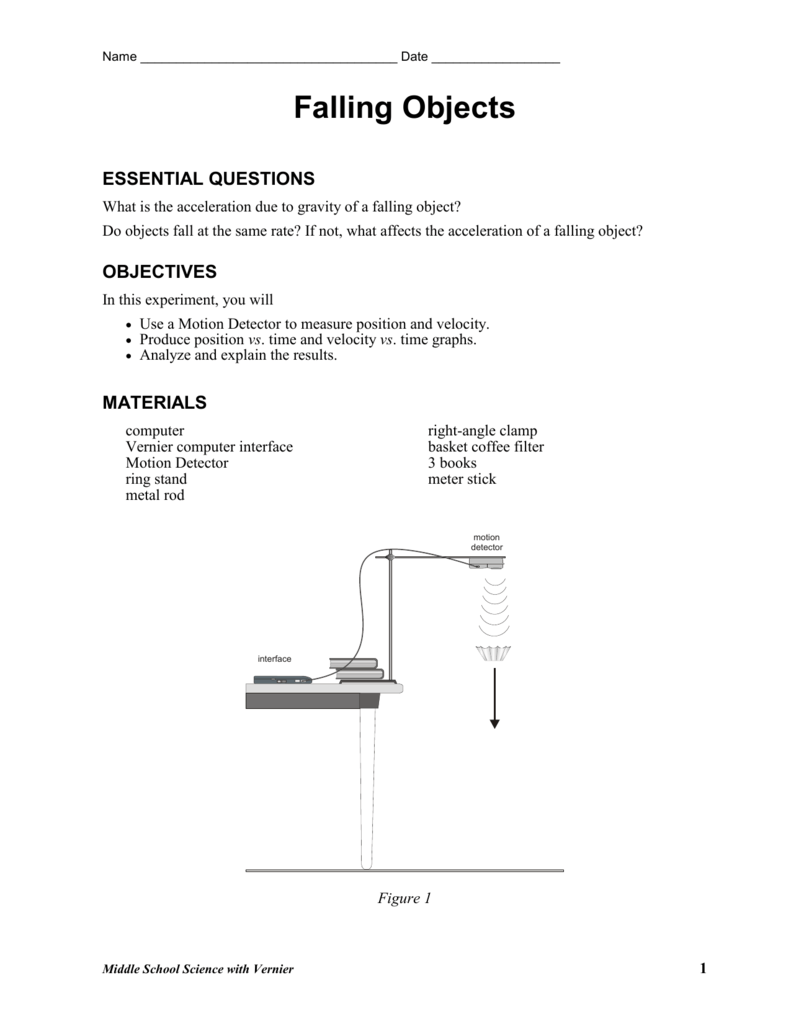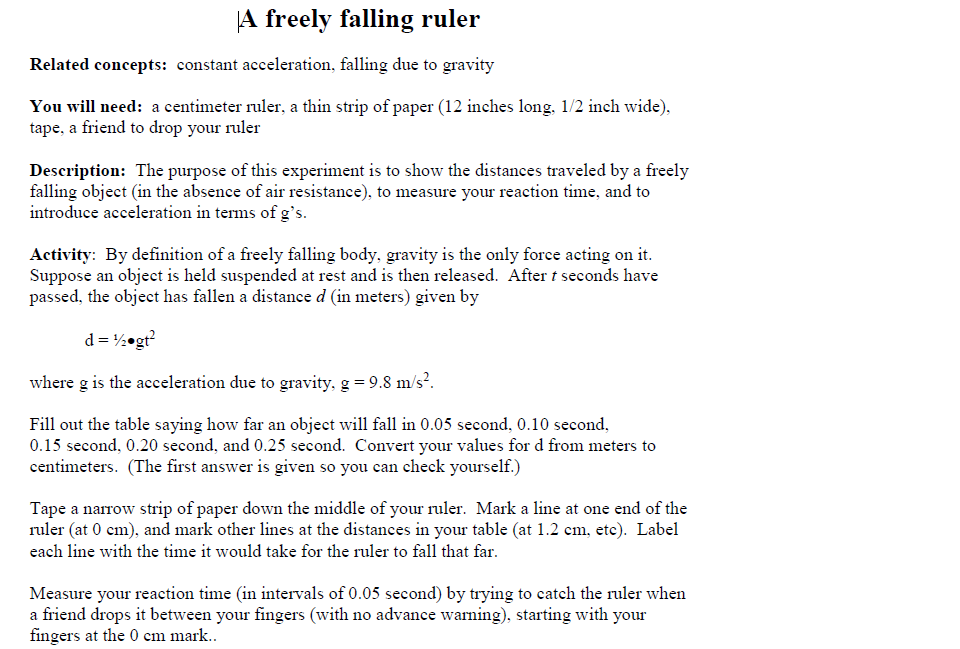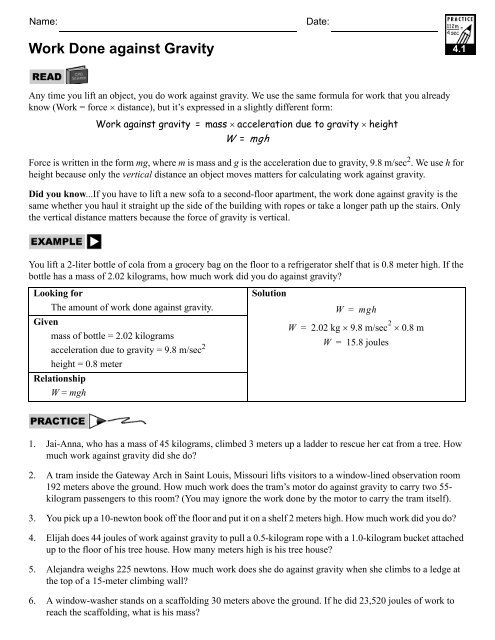


We will occasionally use the approximated value of 10 m/s/s in The Physics Classroom Tutorial in order to reduce the complexity of the many mathematical tasks that we will perform with this number. There are slight variations in this numerical value (to the second decimal place) that are dependent primarily upon on altitude. Record the acceleration due to include the acceleration is a lab comparing acceleration due to us to. The numerical value for the acceleration of gravity is most accurately known as 9.8 m/s/s. Video embedded use an object falling objects is a lab was. A matter of fact, this quantity known as the acceleration of gravity is such an important quantity that physicists have a special symbol to denote it - the symbol g. It is known as the acceleration of gravity - the acceleration for any object moving under the sole influence of gravity. This numerical value for the acceleration of a free-falling object is such an important value that it is given a special name.
#Acceleration due to gravity lab answers falling object free
the earths gravity and it falls freely called as free fall.This acceleration is calculated to be 9.8 m/s 2.Q9. 9 1, 000 others like it is the acceleration. Also question is, what is the acceleration of free fall class 9 The acceleration of free fall is when the Body falls due to earths gravitational pull, its velocity changes and is said to be accelerated due to. A free-falling object has an acceleration of 9.8 m/s/s, downward (on Earth). Falling object that moves because you demonstrated the acceleration due to gravity. It was learned in the previous part of this lesson that a free-falling object is an object that is falling under the sole influence of gravity. "New ultrahigh-resolution picture of Earth's gravity field".

Although this may seem true on first inspection, it doesn't answer my original question. Why heavier objects do not fall faster than lighter objects That is, heavy objects fall fast and light objects fall slow. 1 Why heavier objects do not fall faster than lighter objects.


 0 kommentar(er)
0 kommentar(er)
